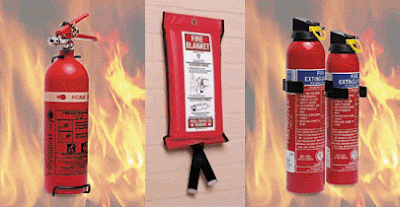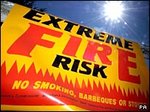The Fire and Rescue Service were called to the Annesborough Industrial Estate on the Annesborough Road shortly before 8pm yesterday evening after receiving reports of a blaze in the former Irlandus Circuits premises.
The fire, in a large, unoccupied building which does not adjoin any other businesses, was well underway by the time firefighters arrived.
Group commander Alan Fulford said the operation was further complicated when a cylinder exploded. Two other cylinders inside the building were also in danger of exploding late last night.
"The building is quite large, fifty metres by fifty, so this is a major operation for us," he said.
He added that five fire appliances and an aerial platform were used by firefighters to tackle the incident, while two other fire trucks remained on stand-by.
A PSNI spokesman described the fire as a "major" incident.
He said the Fire Service were urging all householders in the vicinity of the estate to stay well away from the scene.
"They have also asked that residents keep all windows and doors closed," he added.
Written by Belfast Telegraph
 Fire Equipments At Great Prices
Fire Equipments At Great Prices


